Diving into history often means more than just reading books; sometimes, it’s about bringing the past to life. For enthusiasts of vintage fashion and historical reenactment, few garments evoke as much iconic imagery as the 1940’s nurse uniform. My journey into recreating this symbol of wartime dedication and domestic service began at Costume College, an annual haven for seamstresses, designers, and historical fashion aficionados.
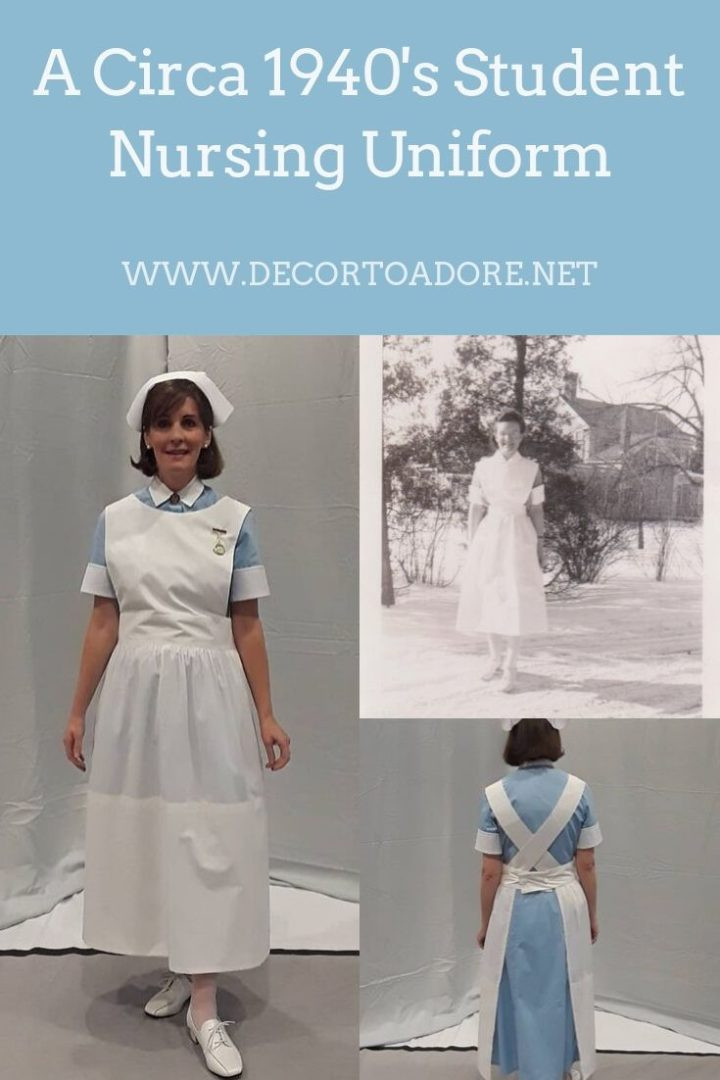 Woman in a blue dress and white apron, standing in front of a patterned wallpaper.
Woman in a blue dress and white apron, standing in front of a patterned wallpaper.
The Friday night theme was the 1940s, an era close to my heart thanks to my Grandma Jingles. Many readers might remember her from my blog; she was a constant source of inspiration and a link to a bygone era. Grandma Jingles wasn’t just passionate about antique lace and buttons; she was a woman of remarkable substance, having dedicated over 40 years of her life to nursing, eventually becoming a head nurse.
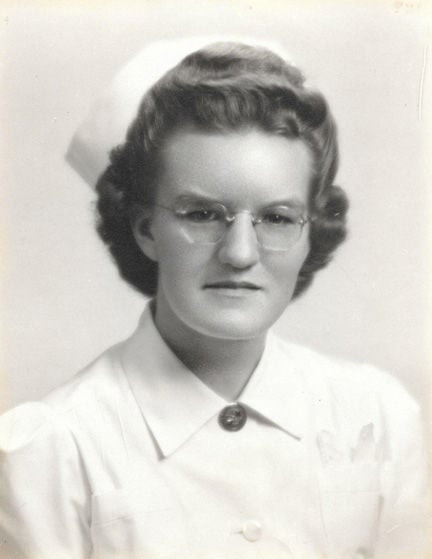 Black and white photo of a woman in a nurse uniform, standing next to a Christmas tree.
Black and white photo of a woman in a nurse uniform, standing next to a Christmas tree.
Her journey was remarkable. As the first in her family to graduate high school, she earned valedictorian honors and a nursing scholarship to St. John in Redwing, Minnesota. However, even with a scholarship, the realities of the time were stark. This young woman from a farming background had to work a full year just to save $39 – the cost of her student nurse uniforms. It’s a testament to a different era and the value placed on hard work and opportunity.
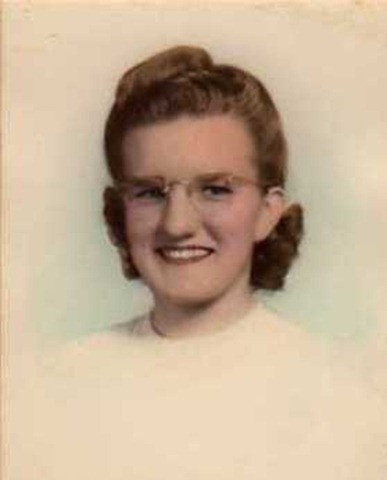 Sepia toned portrait of a young woman with curly hair, wearing a collared shirt.
Sepia toned portrait of a young woman with curly hair, wearing a collared shirt.
Decoding the Details of a 1940’s Student Nurse Uniform
My quest to recreate my grandmother’s 1940’s nurse uniform was fueled by a few cherished photographs and her vivid recollections. She described the student uniform as a medium blue dress paired with a crisp white apron. The dress, functional and modest, buttoned down the front with white buttons. Adding to the uniform’s distinctive look were the separate white collars and cuffs, crafted from starched cotton poplin.
The process of maintaining these pristine white elements was a ritual in itself. After washing and heavily starching the collars and cuffs, student nurses would adhere them to their dresser mirrors to dry flat and wrinkle-free. Once dry, they could be peeled off, perfectly shaped and ready to wear, eliminating the need for ironing – a practical solution for busy young women. The nursing caps underwent a similar starching and drying process, designed to be folded and buttoned into their recognizable form.
Beneath the starched exterior lay the underpinnings of the era. Nurses had the option of wearing corsets or bras, often paired with girdles and garters to secure their white stockings. These stockings, a ubiquitous element of 1940s fashion, featured the tell-tale back seam that had to be meticulously aligned.
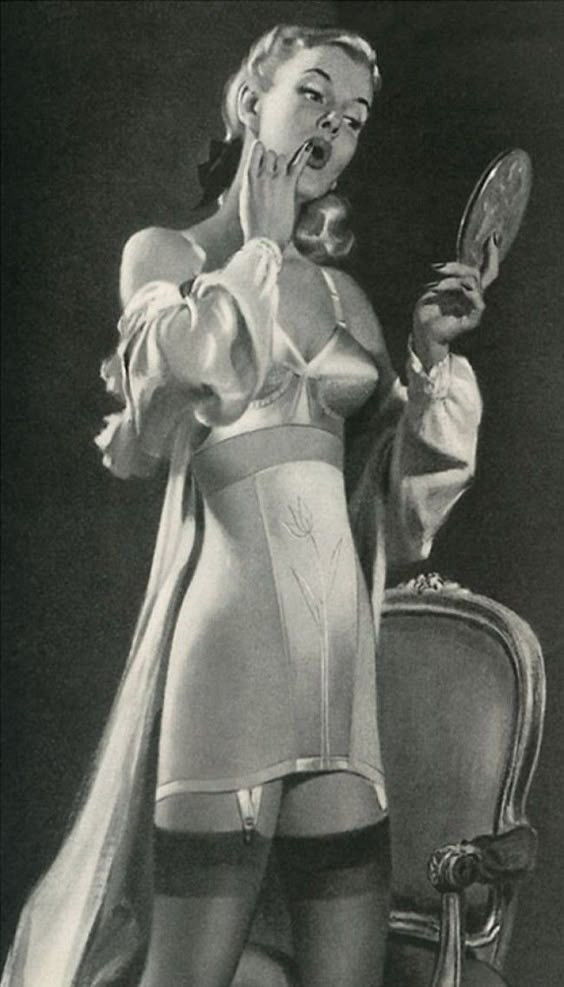 Vintage advertisement for women's undergarments including bras, girdles, and slips.
Vintage advertisement for women's undergarments including bras, girdles, and slips.
From Inspiration to Creation: Patterns and Design
Equipped with these details, the hunt for patterns began. Finding the right shade of blue fabric and white buttons was straightforward. Knowing that the cap, collar, and cuffs were likely purchased rather than made, I searched online marketplaces like eBay and Etsy. A cap was sourced, but period-accurate collars and cuffs proved elusive.
This led to the search for a 1940’s dress pattern that mirrored the uniform’s key features: button-front closure, collar, and short sleeves with cuffs. After extensive research, a 1950s pattern, Simplicity 2184, emerged as the closest match.
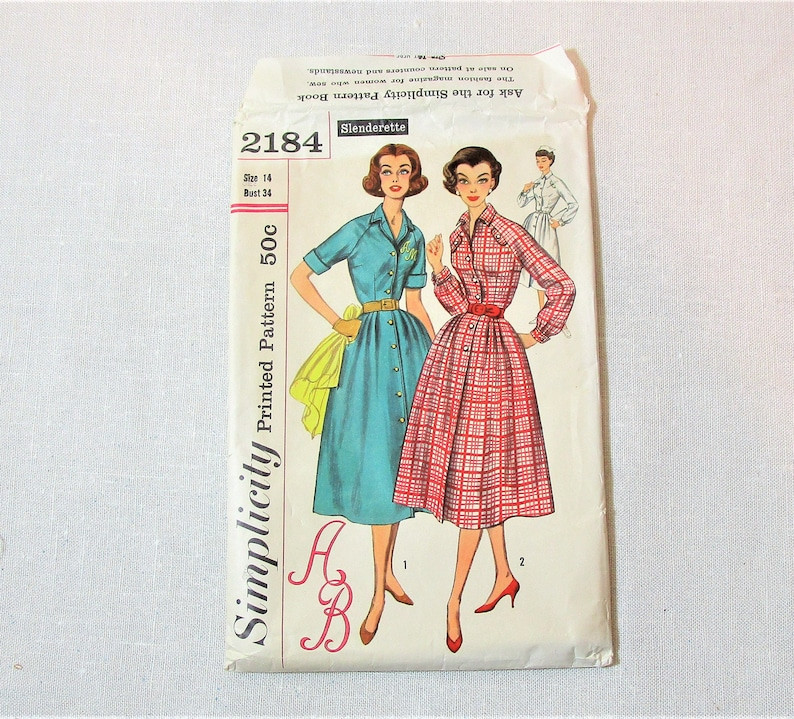 Envelope of Simplicity sewing pattern 2184 featuring a woman in a dress with a white collar and cuffs.
Envelope of Simplicity sewing pattern 2184 featuring a woman in a dress with a white collar and cuffs.
Classified as an “intermediate” pattern, Simplicity 2184 presented some challenges, particularly with the collar construction. However, the well-organized instructions and patience allowed for the creation of the contrasting white collar and cuffs, essential to the authentic 1940’s nurse uniform look.
The apron presented a different set of challenges. Photos showed wide straps that crisscrossed in the back and buttoned onto the waistband.
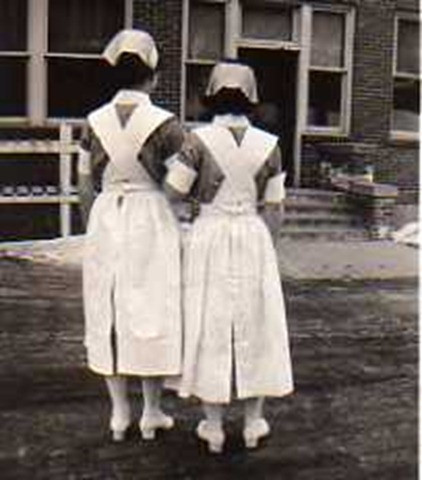 Black and white photo of two young women in nurse uniforms and caps, standing outdoors.
Black and white photo of two young women in nurse uniforms and caps, standing outdoors.
Butterick B5726, view B, was the closest pattern found. The front apron shape was suitable, requiring only lengthening of the skirt. However, the back ties needed modification. Instead of simple ties, wider straps were drafted to crisscross and button onto the waistband, mirroring the historical images. This adjustment required pattern drafting and some mathematical calculations, for which I am thankful for the assistance of a skilled friend. While the base pattern is beginner-friendly, these modifications elevated the apron construction to an intermediate sewing level.
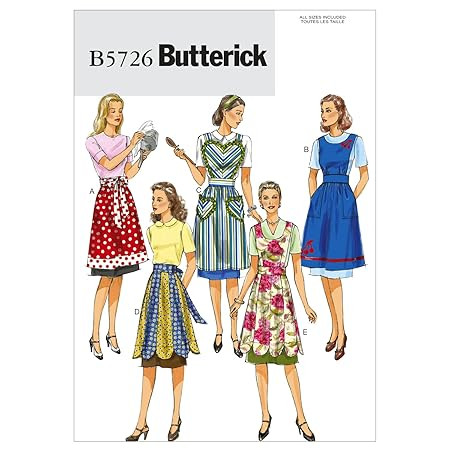 Envelope of Butterick sewing pattern B5726 featuring different apron styles.
Envelope of Butterick sewing pattern B5726 featuring different apron styles.
Completing the Look: Accessories of a 1940’s Nurse
Adding the accessories was like adding the final brushstrokes to a painting. I was fortunate to possess my grandmother’s original nursing pin, a cherished graduation gift. It’s visible in her nursing photo and became a focal point of the recreated uniform.
 Close-up photo of a woman in a nurse uniform, showing the nursing pin on her lapel.
Close-up photo of a woman in a nurse uniform, showing the nursing pin on her lapel.
White stockings and square-heeled oxfords, essential footwear of the era, were sourced online, completing the authentic 1940’s nurse uniform.
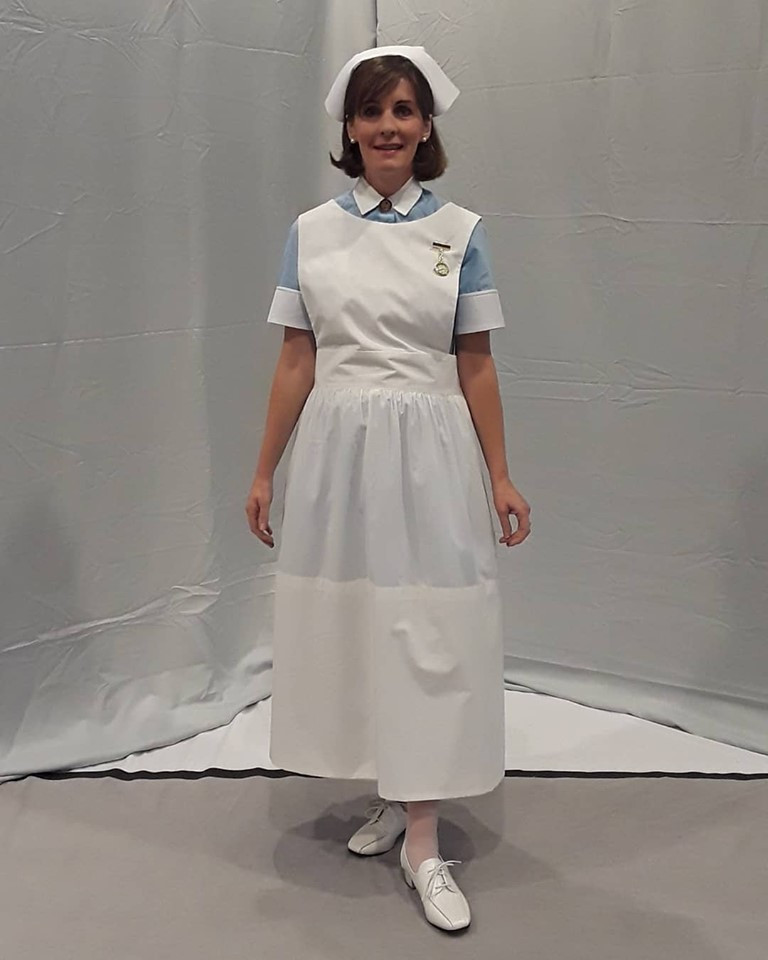 Full body photo of a woman in a 1940's nurse uniform, white stockings and oxfords are clearly visible.
Full body photo of a woman in a 1940's nurse uniform, white stockings and oxfords are clearly visible.
At Costume College, this particular costume garnered smiles and sparked conversations. It seemed to resonate with people on a deeper level.
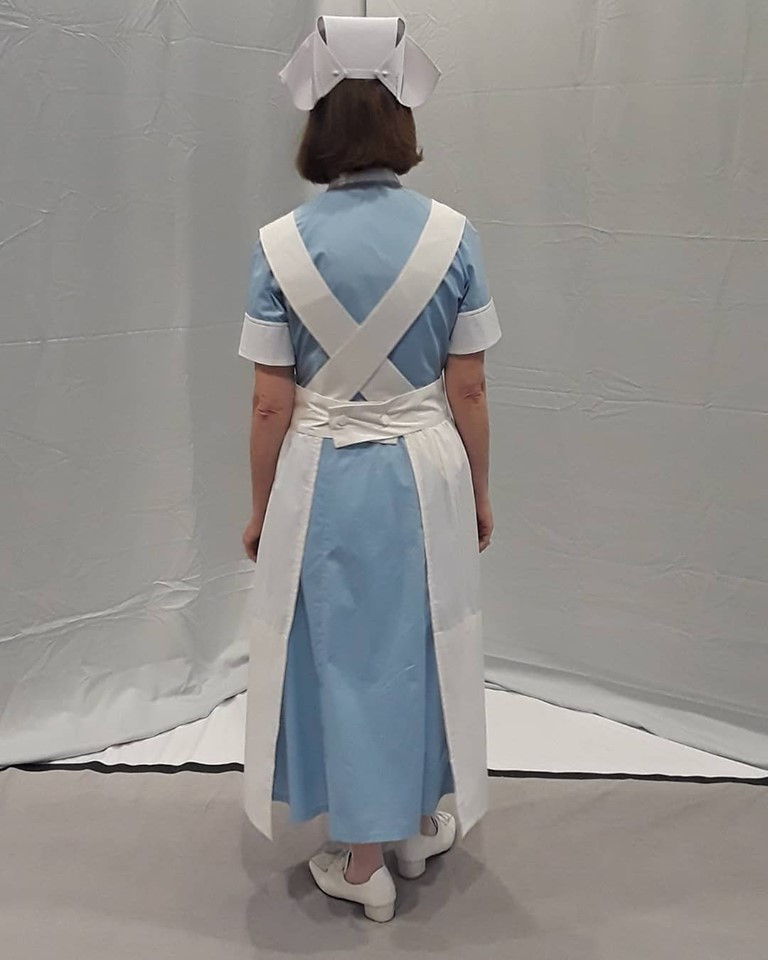 Three women in vintage costumes, including a 1940's nurse uniform, posing together smiling.
Three women in vintage costumes, including a 1940's nurse uniform, posing together smiling.
One memorable encounter was with another attendee dressed in a WWI nurse uniform. A conversation ensued, admiration exchanged, and an Instagram follow request made. It turned out to be Constance MacKenzie, a celebrated British costume maker known for her work on films like Wonder Woman and Mary Poppins Returns. Meeting such talent, and finding her incredibly approachable, was a highlight of the event.
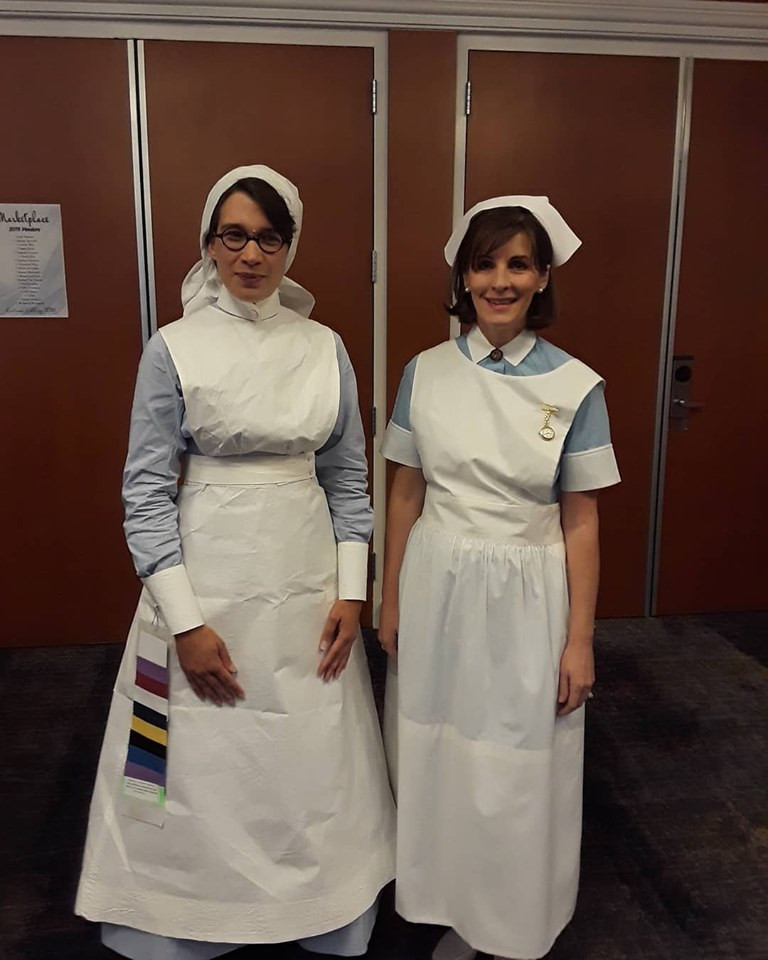 Photo of two women in vintage nurse costumes, one in a WWI uniform and the other in a 1940's uniform, talking animatedly.
Photo of two women in vintage nurse costumes, one in a WWI uniform and the other in a 1940's uniform, talking animatedly.
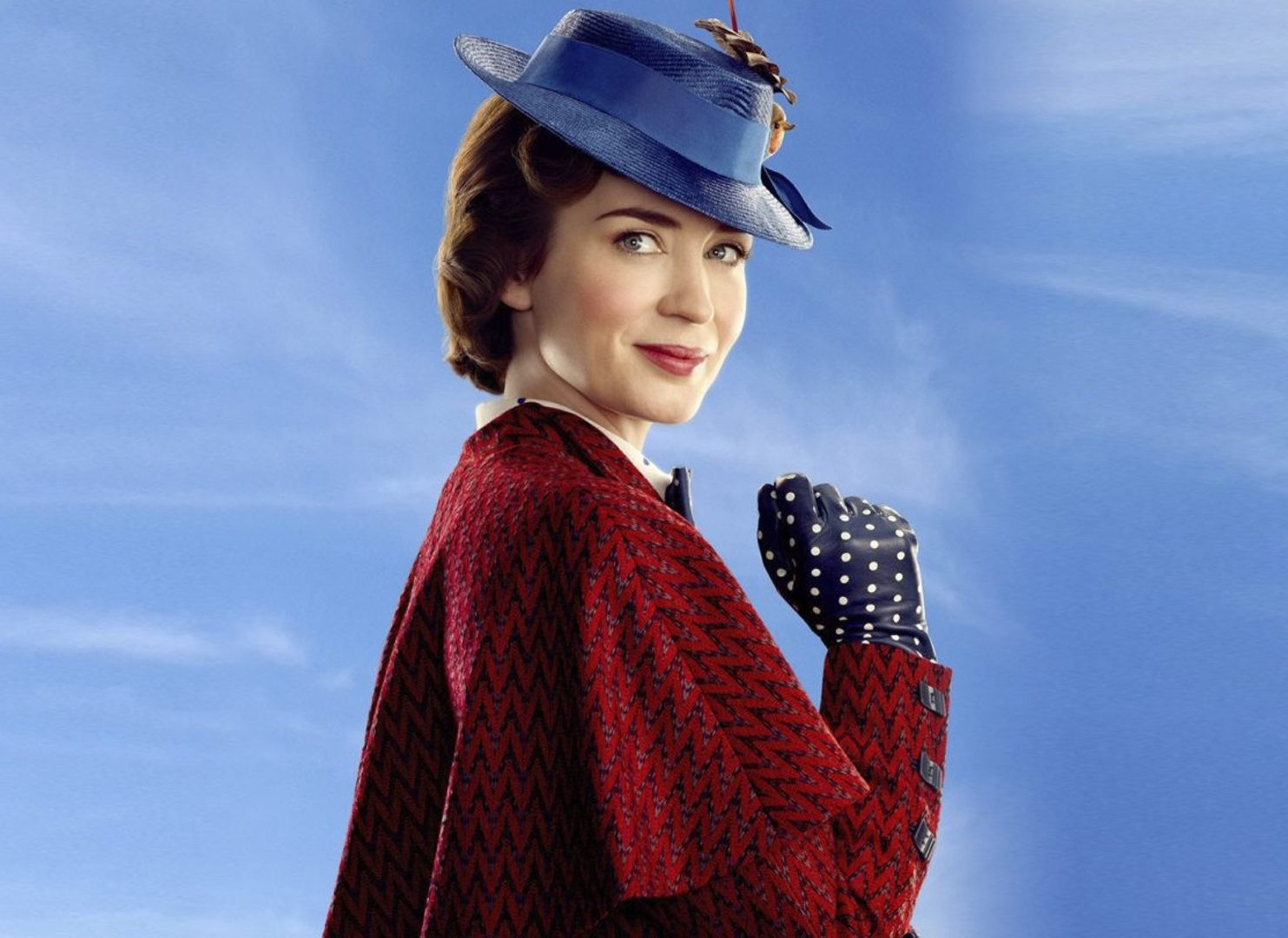 Publicity still from the movie Mary Poppins Returns, featuring Emily Blunt as Mary Poppins.
Publicity still from the movie Mary Poppins Returns, featuring Emily Blunt as Mary Poppins.
Of all the costumes created, this 1940’s nurse uniform holds the most emotional weight. It feels like a heartfelt tribute, and I can’t help but imagine Grandma Jingles looking down with pride.
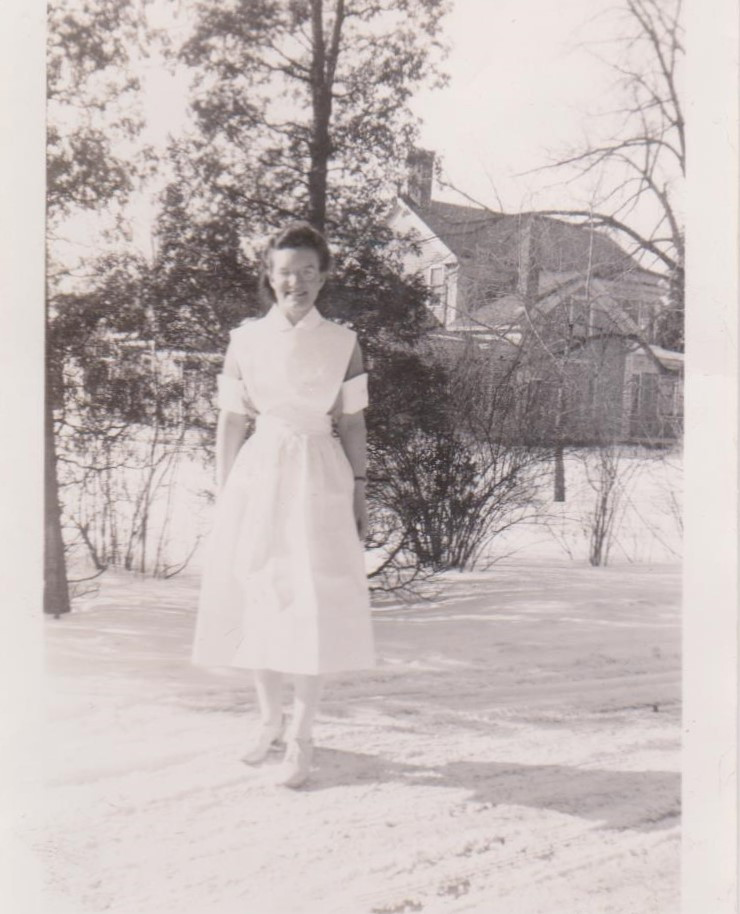 Close-up photo of a woman in a 1940's nurse uniform, holding a vintage purse and smiling warmly.
Close-up photo of a woman in a 1940's nurse uniform, holding a vintage purse and smiling warmly.
What remarkable careers did your family members pursue? Sharing these stories keeps history alive and personal.

